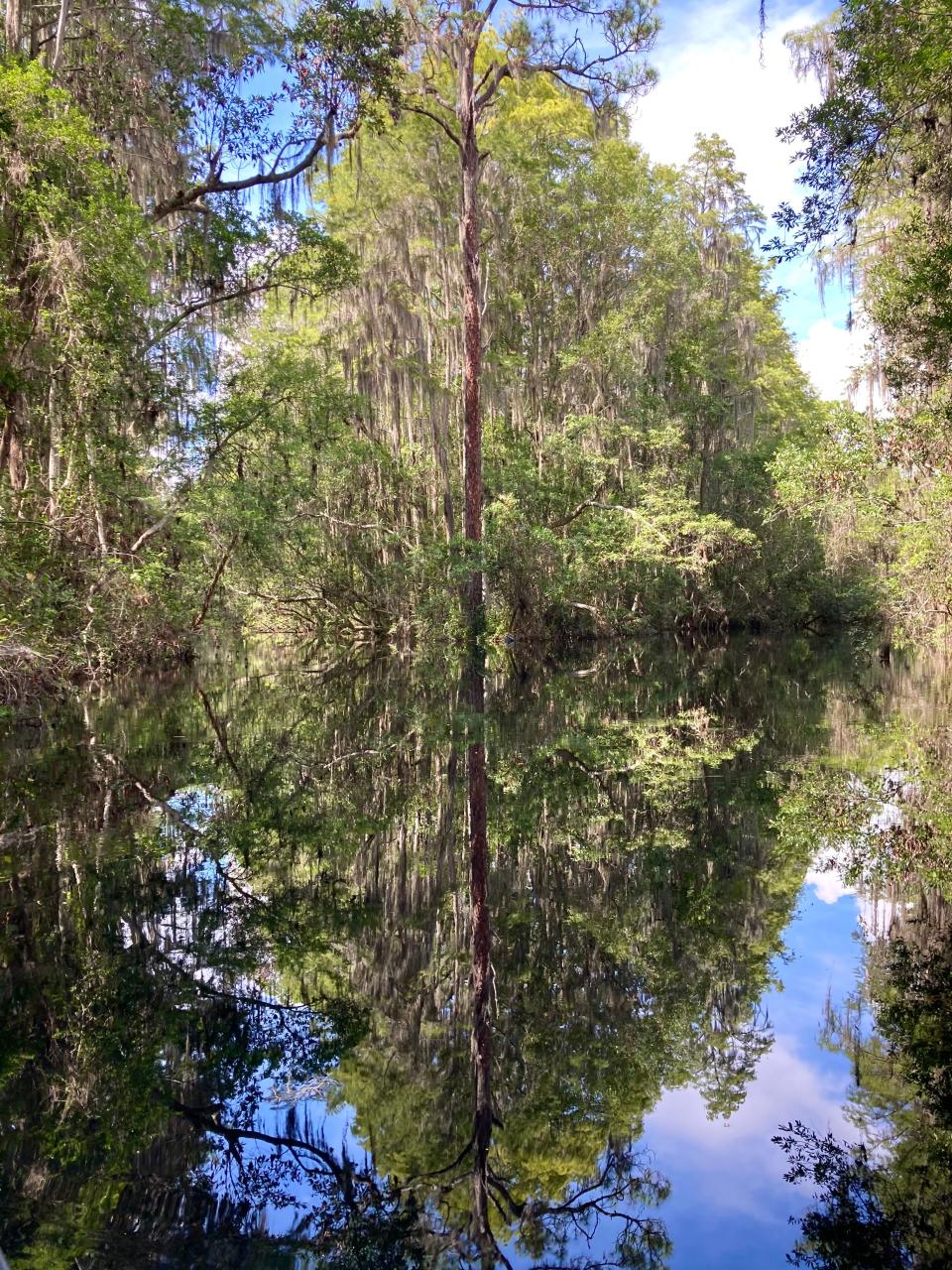Okefenokee mining: Twin Pines Minerals sues US Army Corps over wetland protections
Twin Pines Minerals, the Alabama-based company looking to mine titanium dioxide near the Okefenokee Swamp, recently filed a lawsuit against the U.S. Army Corps of Engineers.
In the lawsuit filed last week, the company claims the federal agency fell to public pressure when it decided this month to reclaim jurisdiction of the south Georgia wetlands, creating a roadblock to Twin Pines' mining plans.
Twin Pines Minerals has been working for the last two years to obtain permits to mine titanium dioxide, a mineral often used in whitening products, on more than 500 acres of ancient sand dunes on Trail Ridge at the edge of the Okefenokee National Wildlife Refuge.

Federal protections
Initially, the company only had to concern itself with state permits since the federal government didn’t claim jurisdiction over any of the wetlands around the proposed mine. However, in a blow to the mining company’s plans, the Army Corps reversed its decision.
The corps said it failed to consult the Muscogee Nation, which has ancestral lands in the Okefenokee Swamp, as stakeholders in whether or not the wetlands are federally protected.
Related: Army Corps blocks mine near Okefenokee, cites failure to consult Muscogee Creek Nation
Also: Okefenokee Swamp Park to seek UNESCO World Heritage Site Status for conservation, economy
The Muscogee Nation on Friday did not immediately respond to a request for comment. Twin Pines Minerals declined to comment, as did the Army Corps, noting that the agency does not comment on pending litigation.
The lawsuit claims that the wetlands the Army Corps deemed as federally protected are not, and that the views of tribes are “not relevant” to the question of jurisdiction. Even if they were, the suit noted, the Army Corps should have considered whether the tribes had new or relevant information to justify changing the jurisdiction.
Beyond the question of wetland protections, the Twin Pines lawsuit also alleges that the Army Corps singled out its project due to its controversial nature rather than its historical policy on consulting Indigenous nations. The suit stated that other projects which also failed to consult Indigenous nations did not have the same changes as Twin Pines did.
The lawsuit is a change in tune from Twin Pines Minerals’ initial reaction to the Army Corps’ decision. In a statement from Twin Pines Minerals representative Steve Ingle to Savannah Morning News after the decision, Ingle said that the company was prepared to address the regulations since the decision “will only restore permitting requirements we were already addressing before the Trump ruling,” referencing the policy that originally removed federal jurisdiction over the wetlands.
Federal wetland protections have gotten messy in the last few years, in part causing jurisdictional flip-flopping for the Army Corps. The Biden administration’s EPA is working to ease the confusion, but this may be interrupted in the fall when the Supreme Court is slated to consider Sackett v. EPA.
In that case, the main issue before the court is determining if wetlands are federally protected waters of the United States. That decision might have significant implications in the effort to protect the Georgia swamp.

Environmental concerns
In its suit, Twin Pines Minerals noted that the mine will operate in a “safe and environmentally responsible manner,” but environmental advocates and researchers are skeptical of that claim.
Rhett Jackson, a hydrologist at the University of Georgia, submitted research conducted by himself and colleagues at the university explaining the potential threats the mine poses to the Okefenokee National Wildlife Refuge.
Previously reported: Sen. Ossoff calls on EPA, Army Corps to halt titanium mine near Okefenokee Swamp
And: Regulators seek no remedy for false claims on Okefenokee mining permit request
“The mine will affect the hydrology of the swamp in three ways,” Jackson said.
The mine would extract water out of the Floridan aquifer, enough to supply a city of 20,000 people, and would impact how water flows under and into the swamp.
Twin Pines plans to draw sand from a deep pit that would draw water from a source connected to the swamp and that supports the southeast corner of the St. Mary's River, both of which are sensitive to drought and would dry out more easily.
With the activities planned at the sand pit, water will pass through Trail Ridge more quickly, eroding the area which acts like a dam to hold back the swamp.
Twin Pines Minerals, in its suit against the Army Corps, said these types of claims “are baseless” and that “there is literally no chance that it will ‘drain the swamp’ — unless water can somehow drain uphill.”
Jackson's list is based on hydrological studies conducted by him and his team at UGA.
Josh Marks, an environmental lawyer who was a leader against the DuPont Company’s mining proposal in the same location in the 1990s, wrote in a statement shared with the Savannah Morning News that the lawsuit “is baffling to me.”
Marks said the suit contradicts the company’s position from three weeks ago, and that the suit contains factual errors.
“The truth is that over 40 scientists, including two of the nation’s preeminent hydrologists from UGA, have stated that the mine will damage the swamp," he wrote, "most notably by lowering the swamp’s water level."
Marisa Mecke is an environmental journalist. She can be reached at mmecke@gannett.com or by phone at (912) 328-4411.
This article originally appeared on Savannah Morning News: Twin Pines sues Army Corp over Okefenokee Swamp wetland decision

